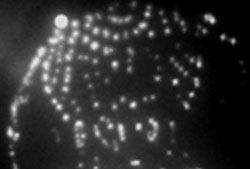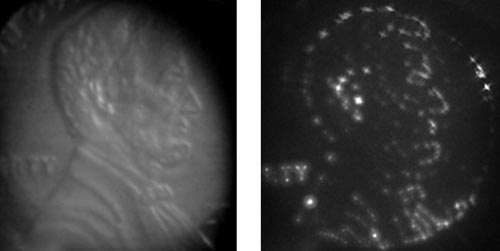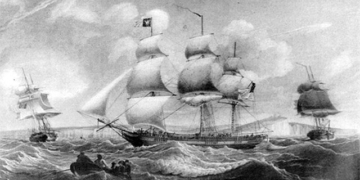 |
|
Image: LiveScience |
American scientists are developing a tactile sensor capable of responding to pressure and surface smoothness, mimicking the sensitivity of a human fingertip. This breakthrough could pave the way for the creation of robotic arms that are as sensitive as human hands.
The device is the brainchild of Vivek Maheshwari and Ravi Saraf at the University of Nebraska. It consists of a film made from layers of stacked semiconductor nanoparticles, separated by layers of non-conductive materials. When pressure is applied to the film, these layers compress against each other, releasing light and an electric current that can be measured. The intensity of the emitted light and current depends on the strength of the applied pressure.
During a demonstration, the researchers placed a coin on the sensor film. The outlines of President Lincoln’s suit along with the letters “TY” from the word “LIBERTY” stamped on the coin appeared on the film as bright spots. This image was captured by a camera and subsequently uploaded to a computer.
Most robots today utilize what are known as binary tactile sensors, meaning they can only indicate whether they are in contact with an object or not. Researchers have developed advanced sensors, but they are often either too difficult to manufacture, too fragile to withstand real-world mechanical forces, or too expensive for large-scale production.
 |
|
The sensor film glows under the pressure of an American coin. (Image: LiveScience) |
The new type of sensor has the potential to overcome all these obstacles, not to mention several new benefits. For instance, it offers better spatial resolution than other sensors. While older sensors can only distinguish objects about 2 millimeters wide, the new sensor can detect objects with diameters as small as a few tens of micrometers (thousandths of a millimeter).
Thanks to its superior properties, the new sensor could be particularly useful in medicine, where it could be employed in minimally invasive surgical procedures at the microscopic level.
T. An

















































